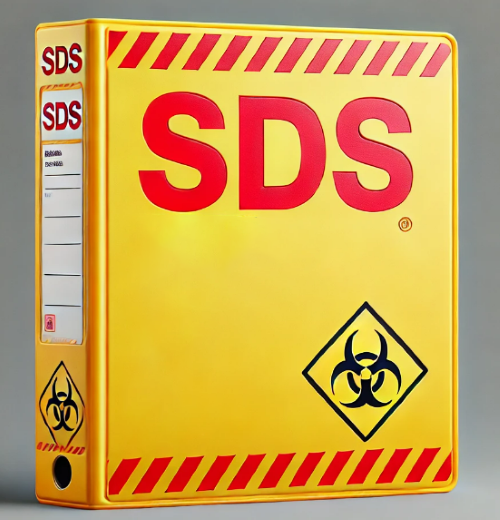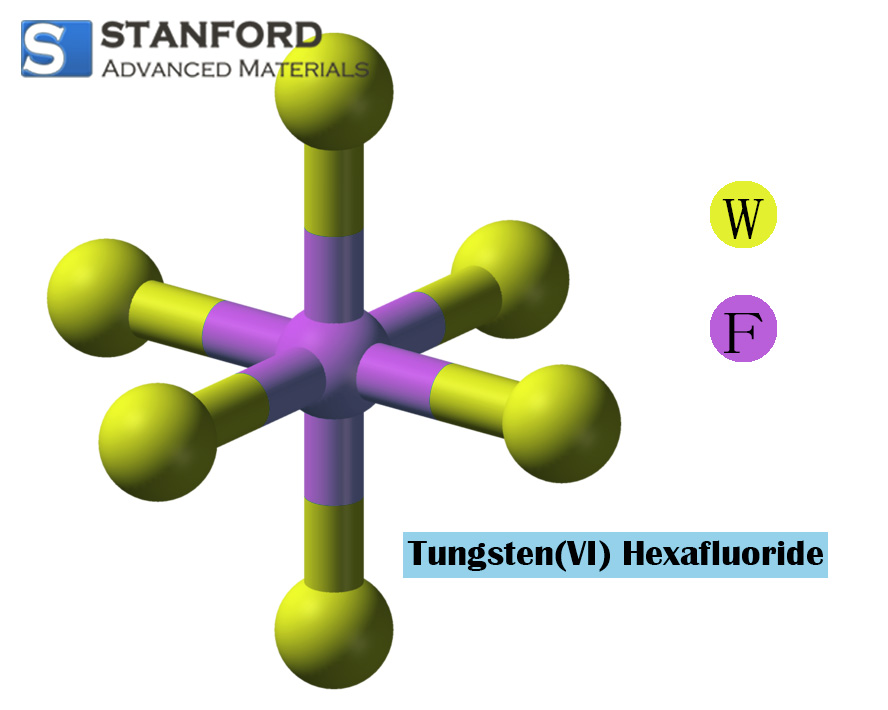MSDS Of Silicon Dioxide
1. Product Identification
Product Name : Siliziumdioxid
CAS No. : 14808-60-7
Relevant identified uses of the substance or mixture and uses that are not recommended
Identified Uses : Laboratory chemicals, manufacturing of substances
Details of the supplier of the Safety Data Sheet:
Manufacturer/Supplier:
Stanford Advanced Materials
23661 Birtcher Dr.
Lake Forest, CA 92630
Telephone: (949) 407-8904
Fax: (949) 812-6690
E-mail: sales@SAMaterials.com
2. Hazards Identification
Classification of the substance or mixture:
Not classified as a hazardous substance or mixture
Label elements:
Not classified as a hazardous substance or mixture.
Other hazards:
This substance/mixture does not contain components that are considered persistent, bioaccumulative and toxic (PBT) or very persistent and very bioaccumulative (vPvB) at concentrations of 0.1% or higher.
3. Composition/Information on Ingredients
Formula: O2Si
Molecular Weight : 60.08 g/mol
CAS No. : 14808-60-7
4. Description of First Aid Measures
Inhalation
If inhaled, move the person to fresh air. If breathing ceases, administer artificial respiration.
Skin Contact
Wash with soap and plenty of water.
Eye Contact
Rinse eyes with water as a precaution.
Ingestion
Do not give anything by mouth to an unconscious person. Rinse the mouth with water.
5. Firefighting Measures
Extinguishing Media:
Use suitable extinguishing media, for example spray water, alcohol-resistant foam, dry chemical or carbon dioxide.
Specific hazards arising from the substance or mixture:
Silicon oxides
Advice for Firefighting:
During firefighting, use a self-contained breathing apparatus if required.
6. Accidental Release Measures
Personal precautions, protective equipment and emergency procedures:
Avoid the generation of dust. Prevent the inhalation of vapours, mists or gas.
Environmental precautions:
No specific environmental protection measures are required.
Methods and materials for containment and cleaning up:
Sweep up and shovel. Retain in suitable, closed containers for disposal.
7. Handling and Storage
Precautions for safe handling:
Ensure adequate extraction in areas where dust is generated.
Conditions for safe storage, including any incompatibilities:
Store in a cool place. Keep the container tightly closed in a dry and well-ventilated area.
Specific end uses:
Apart from the uses mentioned in section 1.2, no further specific uses are prescribed.
8. Exposure Control/Personal Protective Equipment
Appropriate engineering controls:
General industrial hygiene practices.
Personal protective equipment:
Eye/face protection
Use eye protection that complies with the relevant regulatory standards such as NIOSH (USA) or EN 166 (EU).
Skin protection
Handle with gloves. Check gloves before use and apply the correct technique during removal.
Hand hygiene
Wash and dry hands.
Body protection
Select body protection based on the type, concentration and quantity of hazardous substances and the specific workplace.
The type of protective equipment must be chosen in accordance with the concentration and quantity of hazardous substances present at the workplace.
9. Physical and Chemical Properties
Appearance/Form: Granulate
pH: 5 – 8 at 400 g/l at 20 °C
Melting point/Range: 1 710 °C
Water solubility: Insoluble
Oxidising properties: The substance or mixture is not classified as oxidising.
10. Stability and Reactivity
Chemical Stability:
Stable under the recommended storage conditions.
Incompatible Materials:
Hydrogen fluoride
Hazardous decomposition products:
Other decomposition products – no data available
Hazardous decomposition products formed under fire conditions – silicon oxides
11. Toxicological Information
Acute Toxicity
No data available for quartz (SiO2)
Corrosive/Irritant effects on the skin
No data available for quartz (SiO2)
Serious eye damage/irritation
No data available for quartz (SiO2)
12. Disposal Considerations
Product
Transfer excess and non-recyclable solutions to an authorised waste disposal company.
Contaminated packaging
Dispose of as unused product.
13. End of the Safety Data Sheet
This Safety Data Sheet is provided solely for your information, consideration and investigation. Stanford Advanced Materials does not provide any warranty, either expressed or implied, and accepts no responsibility for the accuracy or completeness of the data contained herein.

 Bars
Bars
 Beads & Spheres
Beads & Spheres
 Bolts & Nuts
Bolts & Nuts
 Crucibles
Crucibles
 Discs
Discs
 Fibers & Fabrics
Fibers & Fabrics
 Films
Films
 Flake
Flake
 Foams
Foams
 Foil
Foil
 Granules
Granules
 Honeycombs
Honeycombs
 Ink
Ink
 Laminate
Laminate
 Lumps
Lumps
 Meshes
Meshes
 Metallised Film
Metallised Film
 Plate
Plate
 Powders
Powders
 Rod
Rod
 Sheets
Sheets
 Single Crystals
Single Crystals
 Sputtering Target
Sputtering Target
 Tubes
Tubes
 Washer
Washer
 Wires
Wires
 Converters & Calculators
Converters & Calculators
 Write for Us
Write for Us
 Chin Trento
Chin Trento


